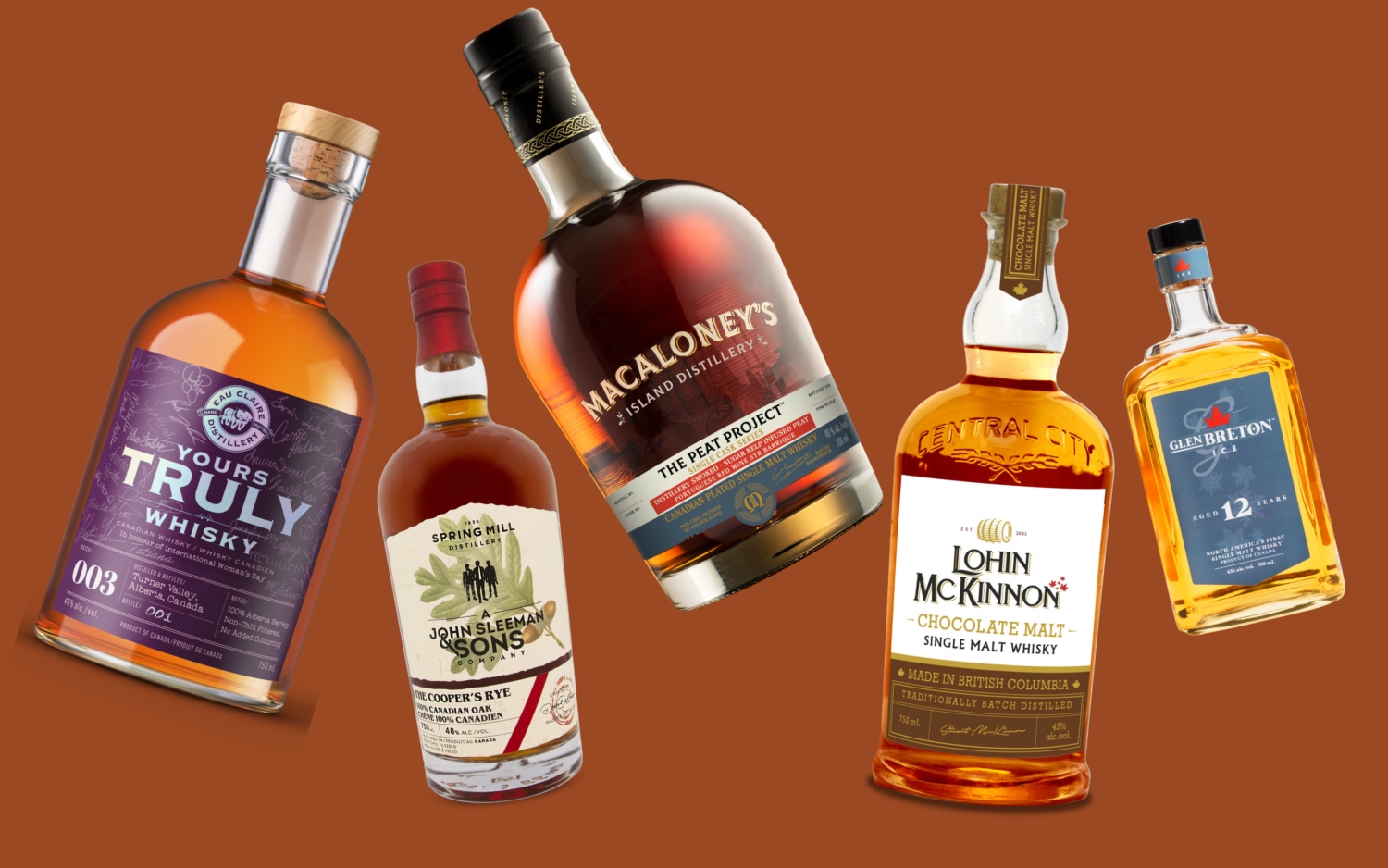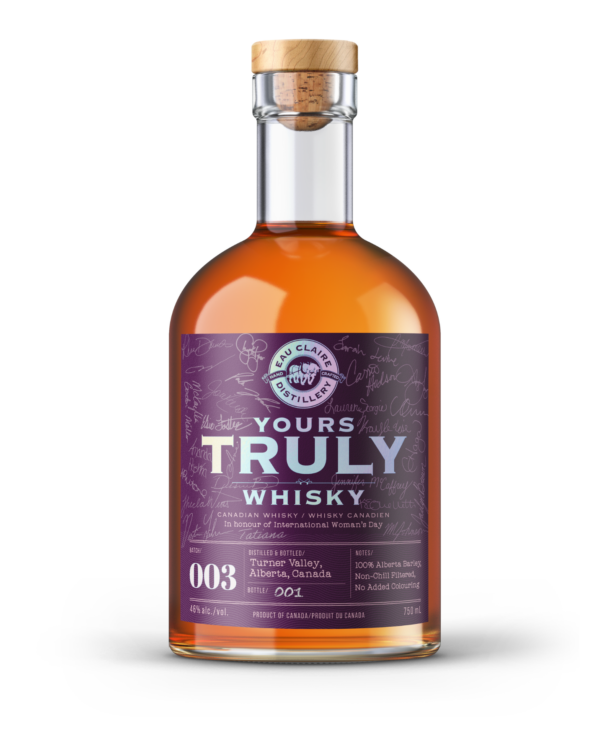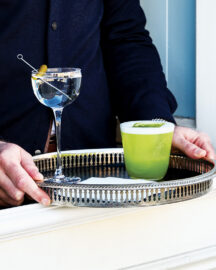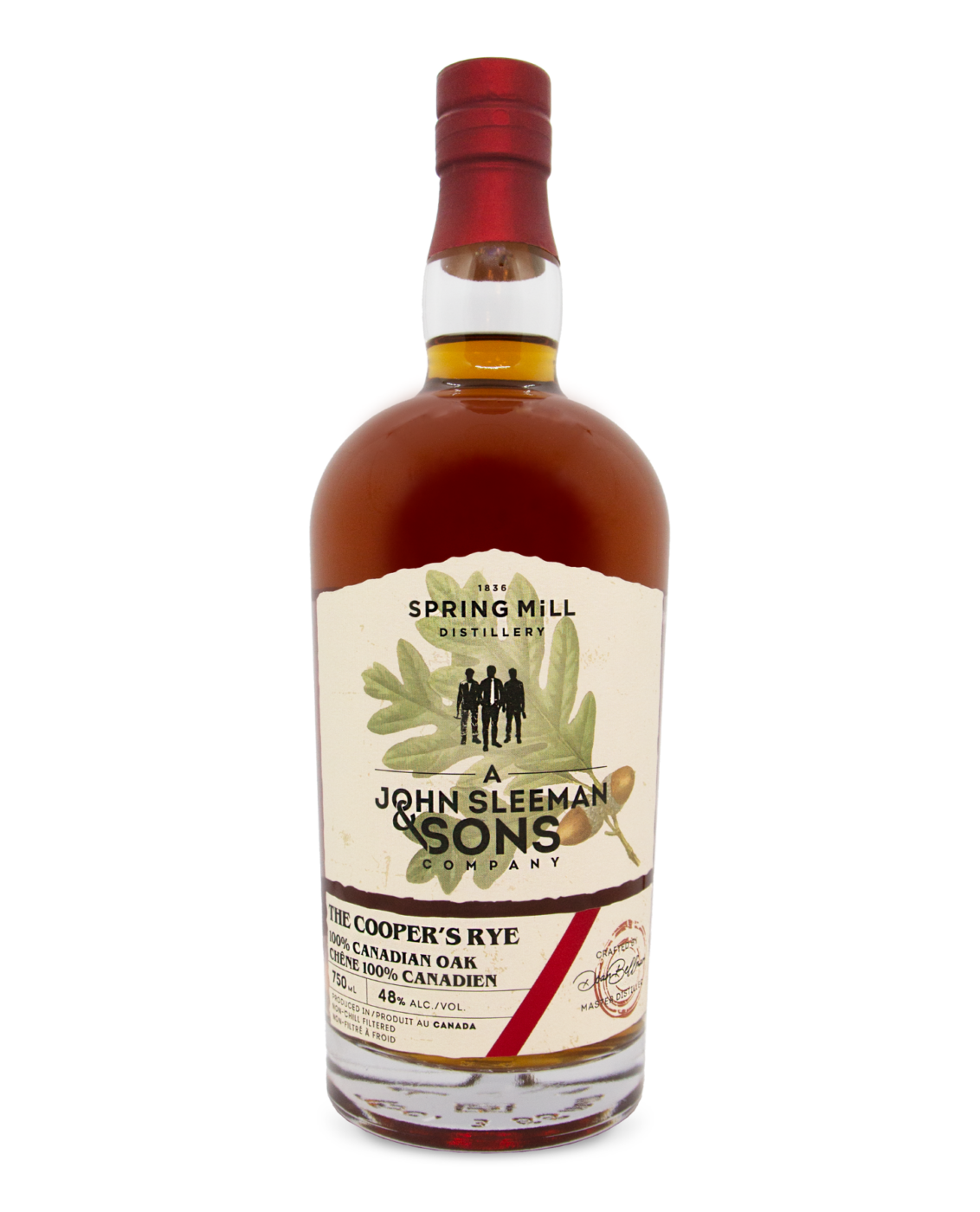That’s The Spirit

Things are getting interesting for Canadian whisky.
In order to appreciate how much Canadian whisky has changed in the 21st century, it is essential to first understand its past. From before Canada existed as a nation, immigrants were distilling mainly from wheat, eventually adding rye to the grist for flavour. This premium version soon became the dominant form, and for a time all Canadian whisky adopted its name.
Another traditional characteristic of Canadian whisky is the blend, which typically features one mild base whisky and one or many robust spirits known as “flavouring whiskies.” Each of these component parts will normally be distilled and matured separately and may be joined by up to 9.09 percent of additional flavouring, be that wine or spirit (a quirk of legislation resulting from a nearly century-old American import-tax break).
While much of this is true for many of the best-known Canadian whiskies today, parts of the industry have changed greatly. Long-established brands like J.P. Wiser’s and Canadian Club have released the sort of extra aged bottlings that would previously have been thought unsellable, even at their low price compared to similarly aged Scottish malts, including J.P. Wiser’s Decades Series 42-year-old and Canadian Club’s Chronicles 45-year-old. Alberta Distillers made headlines with its Cask Strength Rye, a release that once would have been thought far too extreme, and the country’s best-selling whisky label at home and abroad, Crown Royal, has just released its first single malt.
At the craft level, single malts now abound from such distillers as North America’s oldest single malt distillery, Glen Breton in Nova Scotia; Shelter Point and Dubh Glas in British Columbia; Eau Claire and Wild Life in Alberta; and Sleeman & Sons in Ontario. New punchy 100 percent rye whiskies that highlight, rather than tone down, the spiciness of the grain are available from distillers such as Toronto’s Spirit of York and Quebec’s Maison Sivo. We are even seeing such unconventional grains as brewer’s malts and the wheat-and-rye hybrid known as triticale appearing in whiskies from Alberta’s The Maligne Range and B.C.’s Monashee Spirits, among many others.
Put it all together and it adds up to nothing less than a legitimate revolution in Canadian whisky. And for a nation whose storied whisky heritage has been largely overlooked or forgotten, one could add that it’s about time.
5 CANADIAN WHISKIES TO TRY
Lohin McKinnon Chocolate Malt Whisky (B.C.; 43%, $88)
The distillery adds some richly roasted brewer’s malt to the mash for this six-year-old whisky with a rich aroma of dark chocolate, toasted cereal grain and oak, and a sweetish body of blackberry, chocolate and cooked vanilla. The finish is dry and spicy with a lasting suggestion of cocoa nibs.
Eau Claire Distillery Yours Truly Whisky (Alta.; 46%, $90)
Created by the female employees of Eau Claire in honour of International Women’s Day, this light gold malt whisky made entirely from Alberta barley is light and graceful, with fresh grain and green apple on the nose and a body that begins with sweet cereal, segues through vanilla and light oak, and finishes appetizingly off-dry.
John Sleeman & Sons The Cooper’s Rye (Ont.; 48%, $70)
Matured for a minimum of three years in barrels handcrafted by Quinn Sleeman, this 100 percent rye whisky is copper-coloured with a spicy caramel nose and a flavour that begins with soft vanilla, transitions to grain and brown spice, and finishes with a peppery flourish.
Macaloney’s Island Distillery ‘The Peat Project’ Sugar Kelp–Infused Peat (B.C.; 55%, $110)
A single malt crafted from malt smoked on peat from Washington State, topped with local sugar kelp, this has a distinctively briny smokiness on the nose and a heavily peated — think Lagavulin level — vanilla-backed flavour that brims with Maritime character.
Glen Breton Ice 12-year-old (N.S.; 43%, $109)
The first whisky of any sort to be finished in icewine barrels, this deep golden single malt has a fruity, honey-ish richness on the nose and a silken body with notes of elderflower cordial, wildflower honey and candied lemon peel, finishing off-dry with fruity oak flavours lingering.
Availability and price will vary by province.
By Stephen Beaumont















